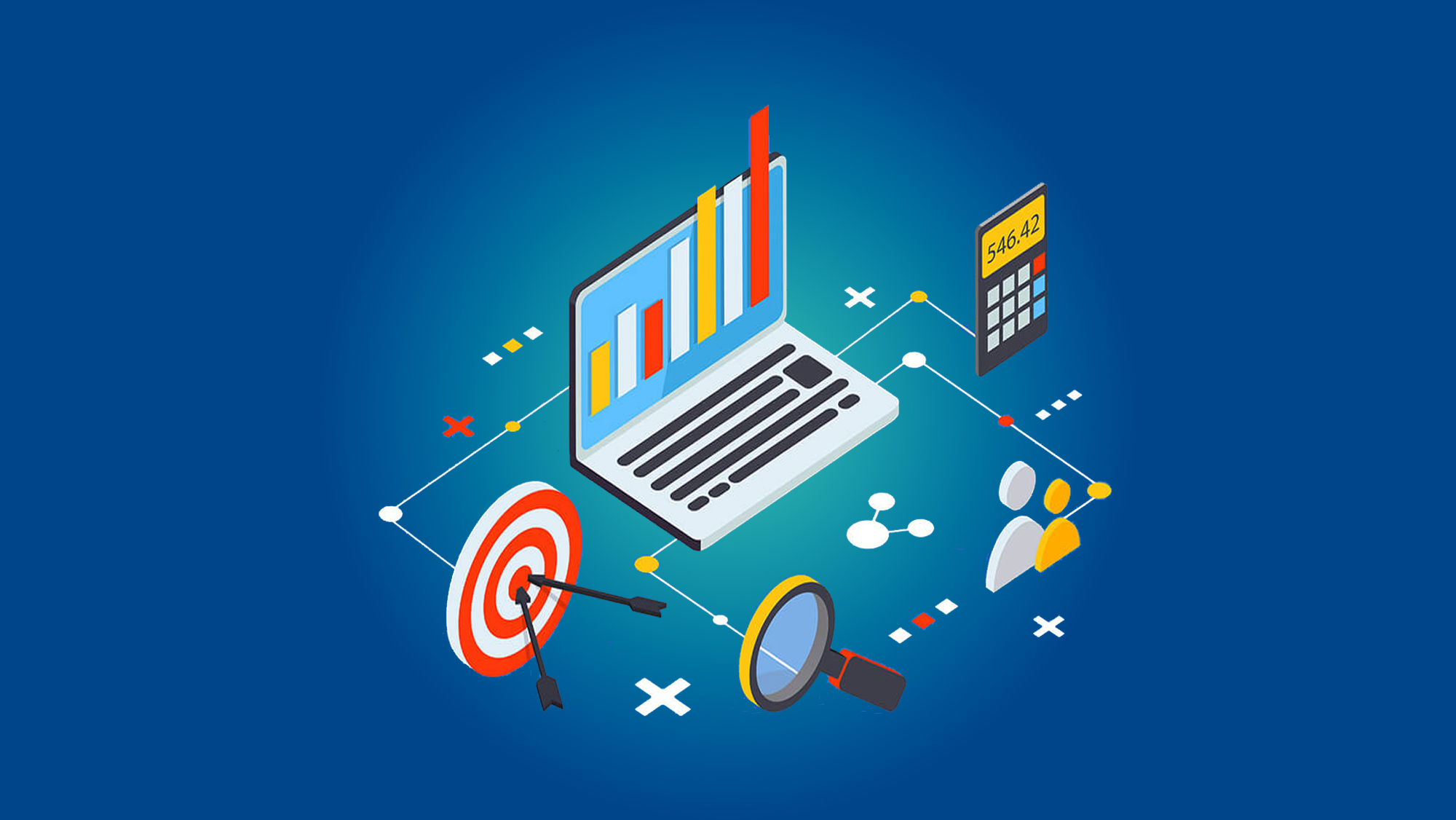Mastering Base SAS: Essential Tips and Techniques for Data Analysis
Introduction:
In the world of data analysis, Base SAS (Statistical Analysis System) stands as a foundational and powerful tool for manipulating, analyzing, and visualizing data. Aspiring data professionals and analysts often begin their journey by mastering Base SAS, as it equips them with the essential skills needed to handle data effectively. In this comprehensive blog, we will delve into the key tips and techniques that will aid you in mastering Base SAS for data analysis.
Understanding the Core Components of Base SAS
Before we dive into the tips and techniques, let's briefly recap the core components of Base SAS that provide the foundation for your data analysis journey:
- Data Steps: Data steps are at the heart of Base SAS. They enable you to read, transform, and manipulate data. Understanding how to use data step programming efficiently is crucial for any data analyst.
- PROC Steps: PROC (short for "procedure") steps allow you to perform various analyses, generate reports, and create visualizations. Each PROC provides a specific set of functionalities, ranging from simple descriptive statistics to complex regression analyses.
- SAS Data Sets: SAS data sets are structured storage mechanisms for data. They provide a convenient way to manage and store your data for analysis.
- Libraries: SAS libraries allow you to organize and access data from external sources. Learning how to create and manage libraries is essential for working with diverse datasets.
- Data Visualization: While not as feature-rich as specialized visualization tools, Base SAS provides basic data visualization capabilities. You can create various charts and plots to gain insights from your data.
Essential Tips and Techniques for Mastering Base SAS:
1. Learn the SAS Programming Basics:
Before diving into advanced techniques, ensure you have a solid understanding of basic SAS programming concepts. This includes learning about data steps, variables, datasets, and common programming statements.
2. Practice with Real Data:
Apply your learning by working with real datasets. This hands-on experience will help you become comfortable with data manipulation and analysis using Base SAS.
3. Master Data Cleaning and Transformation:
Data is rarely clean and ready for analysis. Learn techniques to clean and transform data, handle missing values, and perform data imputation.
4. Explore PROC Steps:
Delve into various PROC steps to understand their functionalities. Experiment with PROC MEANS for summary statistics, PROC FREQ for frequency analysis, and PROC SQL for querying data.
5. Effective Data Merging and Joining:
Learn how to combine datasets using merging and joining techniques. This skill is crucial for integrating data from multiple sources.
6. Optimize Performance:
Understand how to optimize your SAS programs for better performance. This includes using indexing, data compression, and partitioning techniques.
7. Utilize Advanced Functions:
Explore and master advanced SAS functions such as IF-THEN-ELSE statements, DO loops, and ARRAY processing. These functions enable you to perform complex operations efficiently.
8. Create Custom Reports:
Enhance your reporting skills by customizing your output. Learn how to create tables, listings, and customized reports using PROC PRINT and other reporting procedures.
9. Enhance Data Visualization:
While Base SAS offers basic visualization capabilities, mastering techniques to create meaningful charts and graphs can greatly improve your data analysis presentations.
10. Debugging and Troubleshooting:
Develop strong debugging skills to identify and rectify errors in your SAS code. Efficient troubleshooting is crucial for a smooth analysis workflow.
11. Documentation and Commenting:
Practice writing clear and concise comments within your code. Proper documentation ensures your analysis is reproducible and understandable by others.
12. Seek Learning Resources:
Take advantage of online tutorials, SAS communities, forums, and official SAS documentation. Continuous learning and seeking help when needed are vital for mastering Base SAS.
13. Build Real-World Projects:
Apply your skills by working on real-world projects. Whether it's analyzing sales data, performing customer segmentation, or conducting hypothesis testing, practical projects enhance your proficiency.
Conclusion:
Mastering Base SAS is a rewarding endeavor that equips you with essential data analysis skills. By understanding the core components, practicing with real data, and exploring various techniques, you can become a proficient Base SAS user. The tips and techniques outlined in this blog provide a roadmap for your journey towards becoming a skilled data analyst capable of harnessing the power of Base SAS for insightful data analysis. Remember, consistent practice, continuous learning, and a problem-solving mindset are the keys to mastering Base SAS and advancing your data analysis career.
You May Also Like
These Related Stories

Advanced Base SAS: Empowering Data Manipulation and Visualization

Everything You Need To Know About R Programming Training




No Comments Yet
Let us know what you think